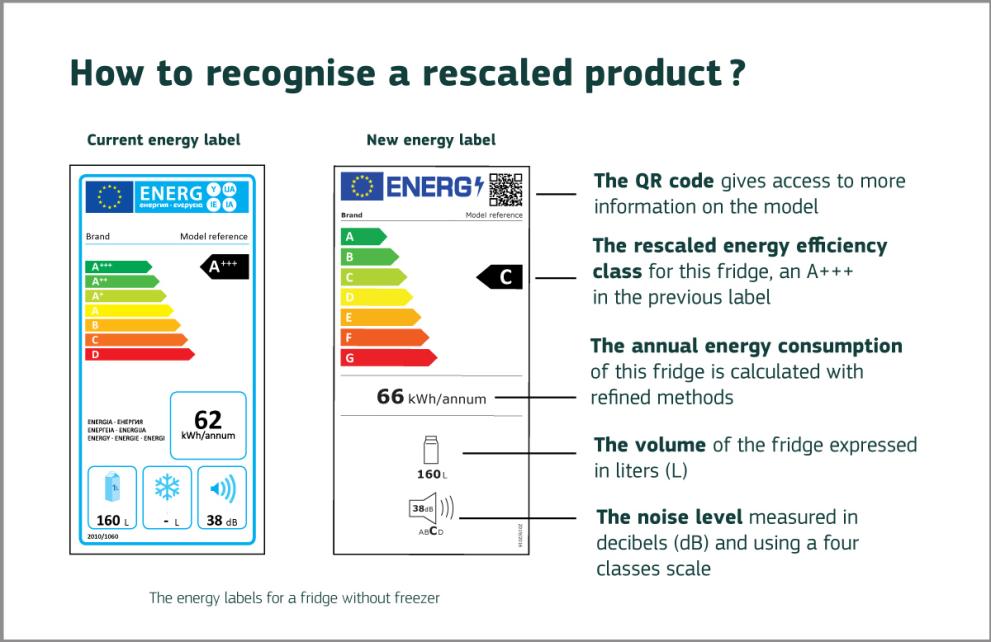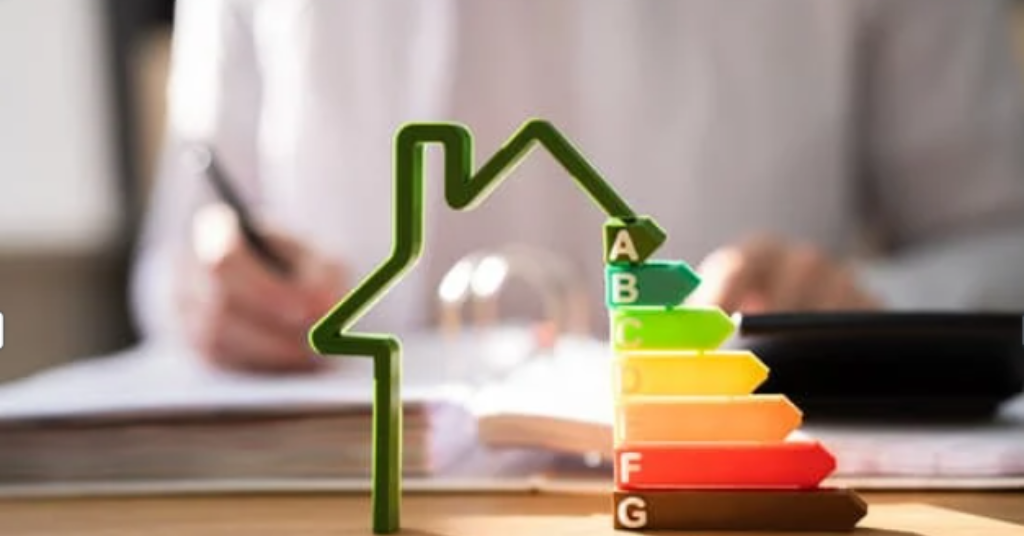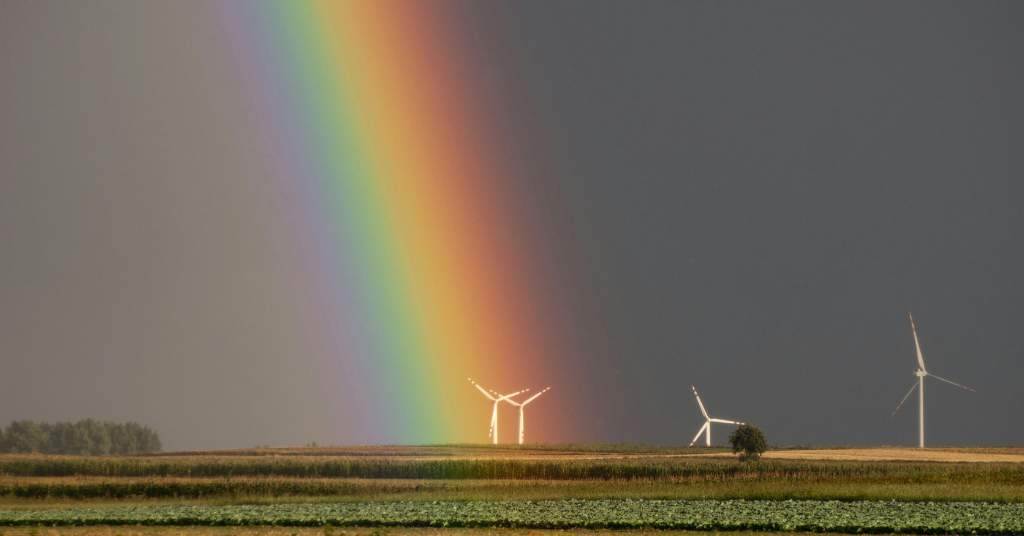Energy costs can be significantly reduced by using energy-efficient equipment. A labeling system showing energy efficiency characteristics will help. EU energy labeling legislation has been helping consumers since 1995.
EU legislation on energy labeling and eco-design is estimated to save around 230 million metric tons of oil equivalent (MTOe) of energy by 2030. For consumers, this means an average saving of €285 per year on household energy bills. In addition, energy efficiency measures will generate €66 billion in additional revenue for European companies
What are the signs on the labels?
- Classification system by color: from dark green (high energy efficiency: A, A+, A++, A+++) to red (low energy efficiency: D, E, F, G);
- Information about the product’s characteristics and performance with pictograms;
- The black arrow on the right indicates the energy efficiency class of the appliance.
- Information on the noise level;
- The label is uniform in the 27 EU Member States.
From March 2021, products will be rated from A to G instead of A+ to D. The new energy labeling scheme applies to the following product groups:
- refrigerators;
- dishwashers;
- washing machines;
- televisions;
- lights, bulbs, and lamps.

Source: European Commission
What are the obligations regarding labeling?
The supplier must provide the label and the product information sheet to the trader free of charge.
Any technical promotional material or advertisements describing the technical parameters of the product, energy, or purchase price must include the energy efficiency class.
As a result of the development of increasingly energy-efficient products and because the difference between A++ and A+++ is less obvious to the consumer, EU energy label categories are being gradually modified to revert to a simpler A-to-G scale. For example, a product with an energy efficiency class of A+++ could be upgraded to B or lower after the reclassification without any change in energy consumption.
Class A appliances consume the least energy, so these products are the most energy efficient. Class G appliances consume the most energy, so if you have one, it’s worth replacing it with a better, more energy-efficient one. How do I choose a washing machine?
One of the biggest changes to the energy efficiency labeling of washing machines concerns the test program on which all label values are based. For example, energy consumption is given per 100 wash cycles (previously, it was calculated per 220 cycles). The new “Eco 40-60″* program will be suitable for normally soiled cotton, linen, or mixed fiber garments, which can be washed at 40°C or 60°C, depending on their garment label. In this wash cycle, the above fabrics can be mixed. The “Eco 40-60” program will be the most efficient program “in terms of energy and water consumption.”




